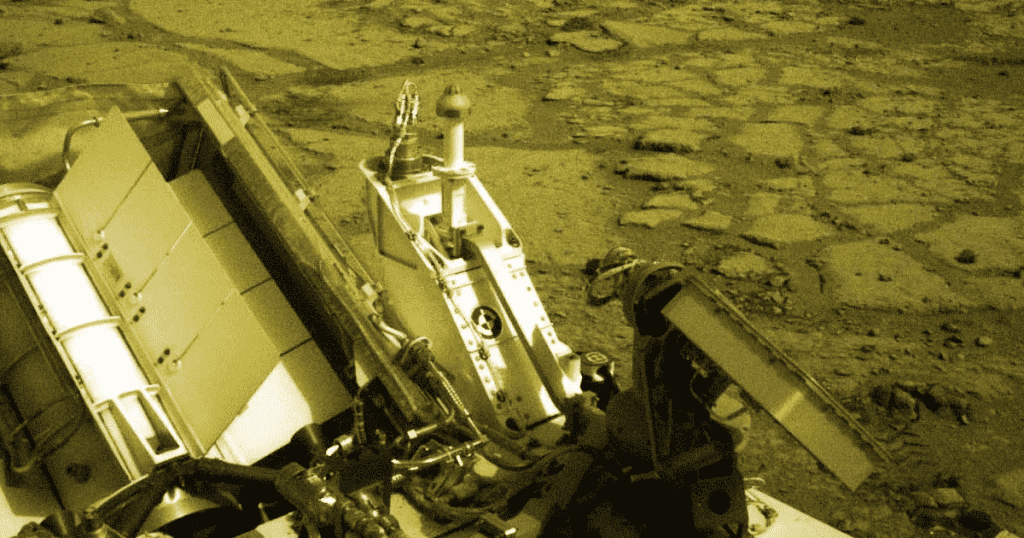China’s Tianwen-1 spacecraft has taken an alluring image of Phobos which is one of the two moons orbiting Mars, from just 3,160 miles away. The details captured are commendable.
You can spot individual craters on its surface, including Öpik which is an impact crater named after the Estonian astronomer and astrophysicist Ernst Julius Öpik.

The Tianwen-1 satellite launched just over two years ago, alongside a lander and rover, and entered Martian orbit in February 2021. The rover, called Zhurong, reached the Martian surface safely but is in hibernation due to the Martian winter at the moment.
Phobos is the larger of Mars’ two moons, that orbit the planet from just 3,700 miles, meaning that Phobos orbits its parent planet in under eight hours. For perspective, Earth’s Moon is more than 238,000 miles away and takes 27 days to complete one rotation.

Last month, the Tianwen-1 orbiter completed all of its assigned tasks, which involved taking medium-resolution images of the entirety of the Red Planet. The orbiter will continue to prepare for future scientific journeys, according to CNN.
Meanwhile, Zhurong will be set to get back to work in December to keep crawling the surface of Mars.
In short, China’s first Mars mission has already proved to be success and the future will have more remarkable things to offer.


